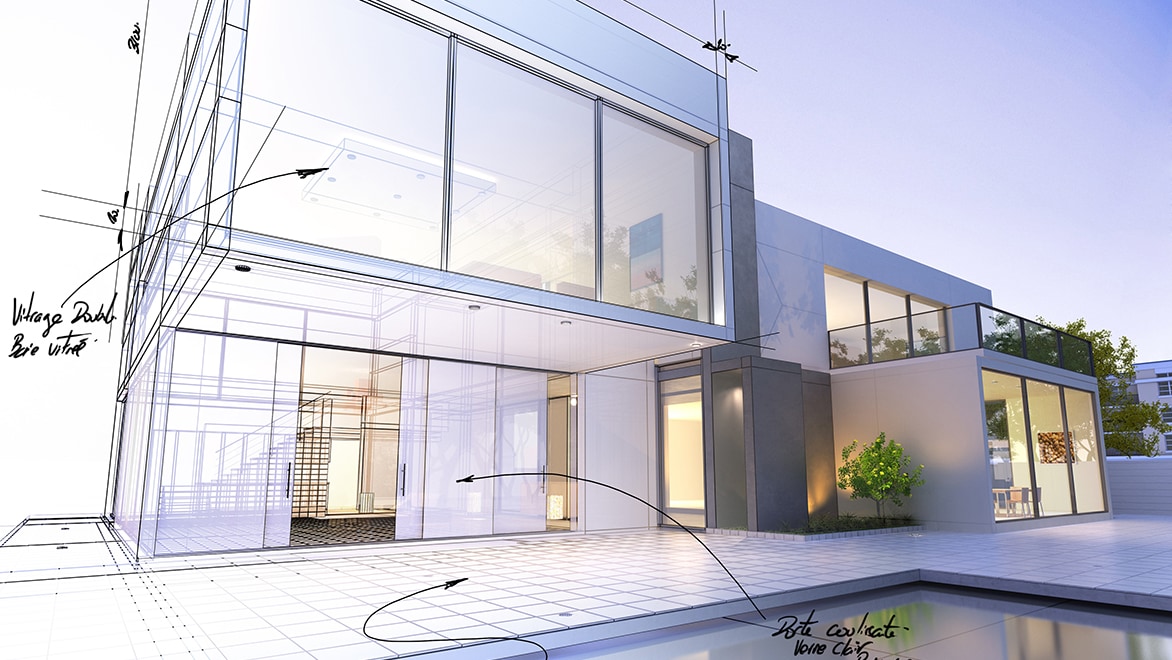Check Out Award-Winning Jobs by Popular CDA Architects
Check Out Award-Winning Jobs by Popular CDA Architects
Blog Article
An Extensive Review of Architectural Styles and Their Impact on Modern City Planning and Development
Architectural designs have actually long offered as a mirror to the social worths and technical developments of their time, playing a vital duty in forming modern-day city preparation and advancement. From the majesty of Neoclassicism to the utilitarian approach of Brutalism, each design has introduced unique principles that influence urban visual appeals and performance.
Historic Summary of Architectural Styles

As societies transitioned via the Center Ages, Gothic design emerged, defined by its verticality and elaborate outlining, mirroring the spiritual aspirations of the age. The Renaissance marked a resurgence of classical ideals, combining art and architecture in cutting-edge manner ins which affected succeeding styles across Europe.

Today, architectural designs remain to evolve, driven by globalization and sustainability problems, reflecting a vibrant interplay between heritage and advancement. This historic summary emphasizes the value of design as a mirror of social development and as a driver for urban development.
Key Architectural Styles Explained
The diversity of architectural designs mirrors the myriad influences that form our developed atmosphere, each embodying distinctive attributes and cultural values. Secret architectural styles include Classic, Gothic, Baroque, Modernism, and Postmodernism, each standing for distinct historic contexts and visual ideologies.
Timeless design, rooted in old Greece and Rome, highlights balance, percentage, and using columns (cda architects). In comparison, Gothic design, growing in the center Ages, is characterized by sharp arcs, ribbed safes, and flying buttresses, developing an ethereal quality in sanctuaries. Baroque style, emerging in the 17th century, is marked by majesty, elaborate ornamentation, and a dynamic interplay of light and darkness
Modernism, which got momentum in the very early 20th century, focuses on function over type, utilizing new materials like steel and glass to create minimal frameworks. Postmodernism, reacting against the austerity of Modernism, welcomes eclecticism and historic referral, typically including playful aspects and irony.

Effect On Urban Preparation
Fit the advancement of cities, building styles dramatically affect urban planning decisions. The option of architectural style commonly dictates the visual appeals, performance, and total character of urban settings. Modernism, with its emphasis on minimalism and performance, urges open rooms and the assimilation of innovation, shaping city layouts that prioritize effectiveness and ease of access. Alternatively, typical styles may stress historic preservation, leading to urban layouts that keep social heritage and advertise pedestrian-friendly settings.
Furthermore, building styles can impact zoning regulations and land utilize policies. Urban organizers need to take into consideration the dominating building trends when creating districts, guaranteeing that brand-new growths integrate with existing frameworks. This consideration fosters natural urban landscapes and boosts community identification.
The execution of certain architectural styles can also affect socioeconomic variables within a city. For instance, high-end contemporary layouts might draw in affluent residents and companies, leading to gentrification, while extra budget-friendly real estate solutions might focus on useful and sustainable styles to accommodate varied populations. Ultimately, the interaction in between architectural designs and metropolitan planning develops dynamic cities that mirror both historical context and modern demands, shaping the lived experiences of their occupants
Sustainability and Modern Style
Building styles play an essential role in attending to contemporary challenges, particularly in the world of sustainability. As metropolitan locations increase and ecological problems magnify, contemporary design increasingly welcomes lasting layout concepts that prioritize energy efficiency, source preservation, and marginal ecological impact.
Contemporary building motions, such as biophilic style and eco-friendly design, advocate for frameworks that balance with their environments, using all-natural materials and promoting biodiversity. These designs commonly incorporate eco-friendly energy sources, such as photovoltaic panels and wind turbines, to minimize reliance on nonrenewable fuel sources and reduced carbon impacts.
In addition, the integration of sophisticated technologies, such as clever building systems, enhances power monitoring, optimizing source usage while ensuring owner comfort. Cutting-edge water administration methods, consisting of rain harvesting and greywater recycling, additional add to lasting city atmospheres.
Significantly, sustainability prolongs past environmental concerns; it incorporates social and financial dimensions. By cultivating community wellness and promoting inclusivity, modern-day architectural styles align with sustainable growth objectives. The development of building practices proceeds to shape resilient cities that not only check out this site fulfill the needs of the present but likewise safeguard the future for generations to come.
Community Engagement in Design
Neighborhood interaction in Visit Your URL layout works as a crucial bridge between architects and the populaces they offer, ensuring that the built setting shows the needs and desires of its users. This collective procedure welcomes community members to contribute their insights and preferences, promoting a sense of ownership and responsibility towards the rooms they occupy.
Effective neighborhood involvement uses different methods, such as workshops, surveys, and public forums, to gather varied point of views. These methods promote a two-way dialogue, enabling engineers to understand regional contexts while equipping residents to voice their worries and wishes. This inclusivity not just enhances the style quality however likewise advertises social equity by dealing with the distinct difficulties dealt with by marginalized groups.
In addition, area interaction can lead to innovative remedies that could not emerge in a traditional design procedure. By incorporating neighborhood expertise and cultural values, designers can produce rooms that resonate even more deeply with customers, boosting functionality and sustainability. Inevitably, prioritizing neighborhood interaction in style processes leads to environments that support social interactions, assistance well-being, and enhance area connections, thus playing a critical role fit modern city landscapes.
Verdict
Architectural styles have actually exceptionally influenced contemporary city preparation and development, mirroring evolving cultural and technical contexts. The integration of historical aesthetic appeals with modern requirements fosters metropolitan settings that prioritize sustainability and area involvement. As cities remain to expand and adapt, the continuous discussion between architectural heritage and modern-day design concepts will certainly continue to be important in producing inclusive, vivid navigate to this website spaces that improve lifestyle and advertise social equity. The future of metropolitan advancement depend upon this harmonious balance.
Report this page